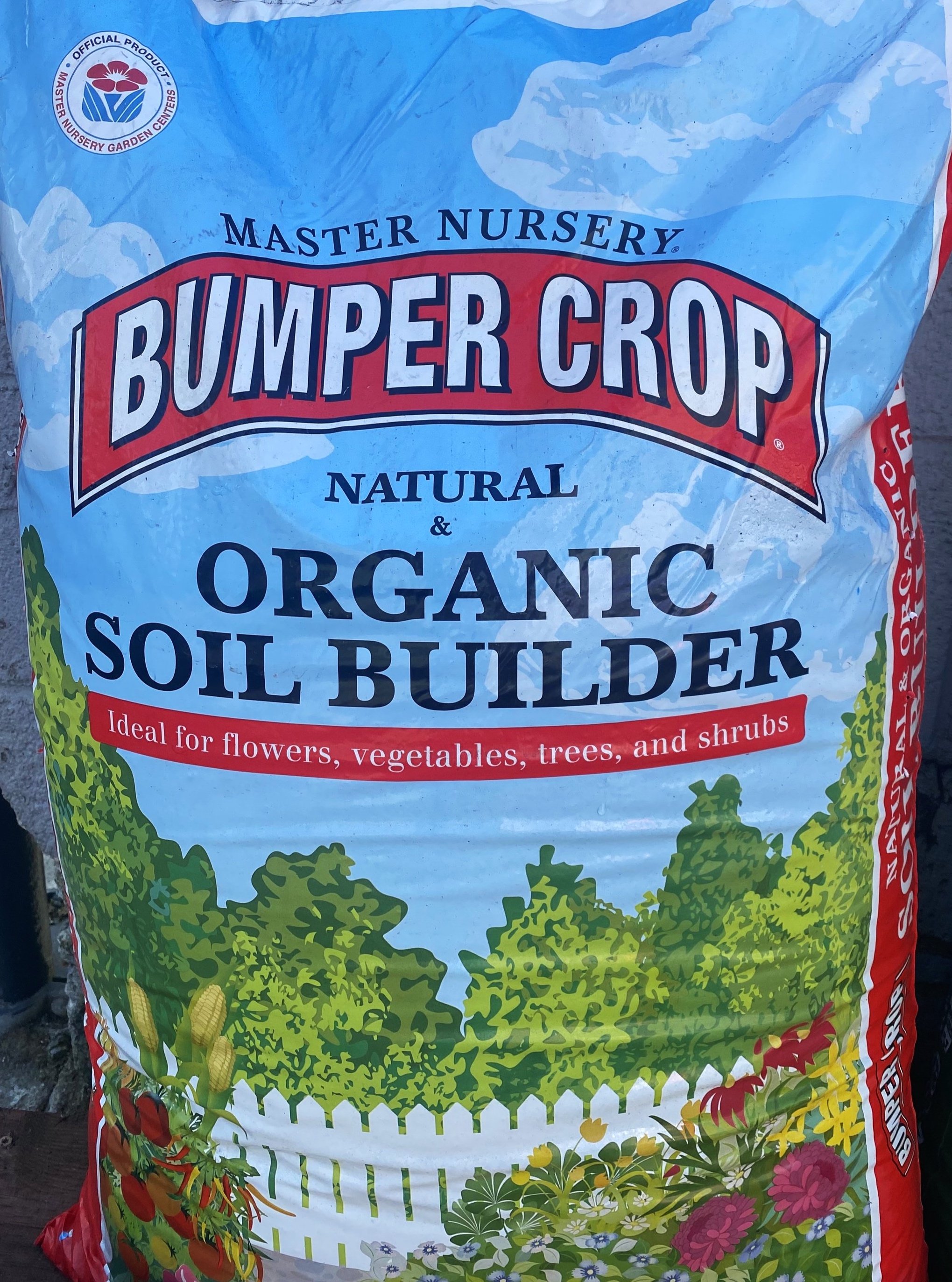Prepare Garden Beds for Planting Edibles
Creating a thriving vegetable garden in the Bay Area requires more than just selecting the right plants and watering them regularly. Soil is the key to the success of any garden as it directly impacts the growth, yield, and overall vitality of the plants. Most edible plants grow best in well-drained, loamy soils, a mixture of clay, sand, silt, and organic matter. Most of the native soil in the Bay Area is predominantly clay. Clay soil retains moisture and is high in nutrients; conversely it is heavy, slow to drain, and can impede root growth. If you are planting in the ground or a raised bed and are using native soil, it needs to be amended.
Why:
Improves Soil Structure: Organic matter helps loosen compacted soil, improving aeration and water infiltration. This allows plant roots to penetrate deeper into the soil and access essential nutrients and moisture.
Increases Nutrient Availability: Organic matter serves as a reservoir for essential nutrients such as nitrogen, phosphorus, and potassium. As organic matter decomposes, these nutrients are slowly released into the soil, providing a steady supply for plant growth.
Enhances Water Retention: Organic matter acts like a sponge, helping the soil retain moisture during dry periods and reducing the frequency of irrigation. This is particularly important in the Bay Area, where water conservation is a priority.
Promotes Beneficial Microorganisms: Organic matter provides food and habitat for beneficial soil organisms such as earthworms, bacteria, and fungi. These microorganisms help break down organic matter, release nutrients, and suppress plant diseases.
Reduces Soil Erosion: By improving soil structure and increasing water retention, organic matter helps prevent erosion caused by wind and water runoff, preserving the integrity of the garden ecosystem.
Steps:
The first task is to clear out all weeds. It is best to remove as much of the root system possible. This is the least favorite task for all gardeners but is critical for a thriving garden. Weeds pull nutrients from the soil and compete for water and sunlight.
If you can, turn the soil to at least 12 inches of depth. It is best to work with the soil when it is slightly moist. Add 2-3” of compost and incorporate it into the soil.
Moisten the area and allow it to rest for a day or two before planting.
Plant your selected plants.
Top dress with an additional 1-2” of compost twice a year, in spring and fall or between crops.
The most important thing you can do for your garden is to faithfully add compost. Over time it will dramatically improve the structure and moisture retention of your soil. Your thriving garden will reflect the care!
Recommendation:
Master Nursery Soil Builder
This specially formulated blend is designed to improve soil structure, increase nutrient availability, and enhance overall soil health. Here is why it is our top recommendation:
High-Quality Ingredients: Master Nursery Soil Builder contains a balanced mix of composted organic materials, including aged fir bark, composted chicken manure, earthworm castings, bat guano, and kelp meal. These ingredients provide a diverse array of nutrients and improve soil texture.
Slow-Release Nutrients: The organic materials in Master Nursery Soil Builder break down slowly over time, releasing nutrients gradually to support healthy plant growth throughout the growing season.
Environmentally Friendly: By using Master Nursery Soil Builder, you are choosing a sustainable option that promotes soil health and reduces the need for synthetic fertilizers. This helps protect the environment and supports a more resilient garden ecosystem.



